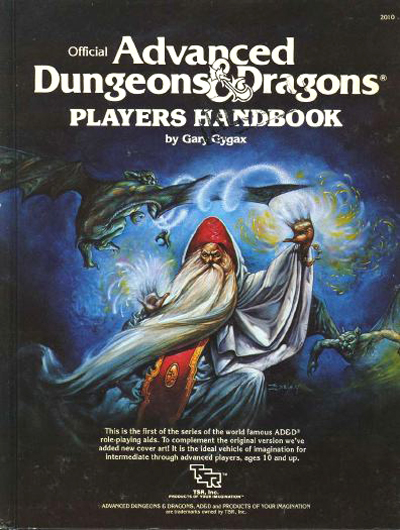Secret Hobbies And Sorrowful Dolls

Considering this is my second post concerned with dolls one may have the impression that I am some sort of aficionado; an enthusiast; a doll fancier. While it is true that I may have a small collection of figurines, I would not take this as a sign that I am deeply embedded in the hobby. And while, yes, it is true that some of the dolls may have been painstakingly handcrafted by myself; requiring hours of meticulous effort under a dingy, sixty watt bulb this does not necessarily mean that I have any deep affection for the craft. And while these dolls may have been modeled after the curves and features of the otherworldly nymphs who are my editors, the clothes fashioned from the surreptitiously stolen threads of their garments, their hair being the same follicles so carefully and secretively trimmed and harvested whenever one of these heavenly creatures appeared at my desk to inform me that no, Ross, no one wants to read about your fantasies of being given a sponge bath by Norwegian nurses of Amazonian stature and maybe you should think about, I don’t know, perhaps writing a paragraph or two about the actual fucking thing you are linking instead of stringing a bunch of arcane adjectives together with commas and semi-colons into a long winded sentence concerning nothing but your own, sick little world — that doesn’t mean that I’m obsessed or odd.

Which brings us, slowly but surely, to the work of Julien Martinez, whose highly detailed figures exude a different sort of oddness. Most of the people and creatures who inhabit his world are hunched, squat, and old, their swollen conjunctiva making even the children appear octogenarian. Indeed, even their skeletons are drooping, the mouths pulled down by massive, boned jowls. It’s striking that only two figures of the entire portfolio are what many would consider traditionally beautiful, Végalia, pictured above, being one of them with her delicate face protected by a fishbowl mask. Most resemble Melchior et Brutus, exuding a forlorn weariness tinged with ennui; beautiful in their own, otherworldly way.















